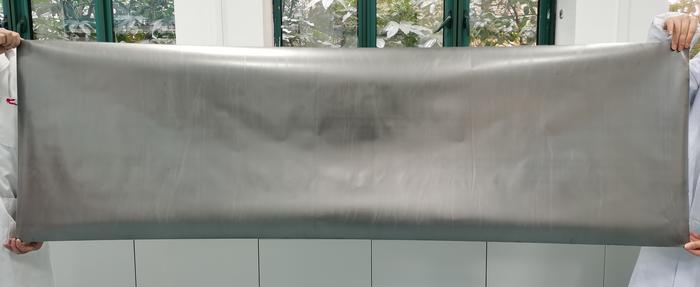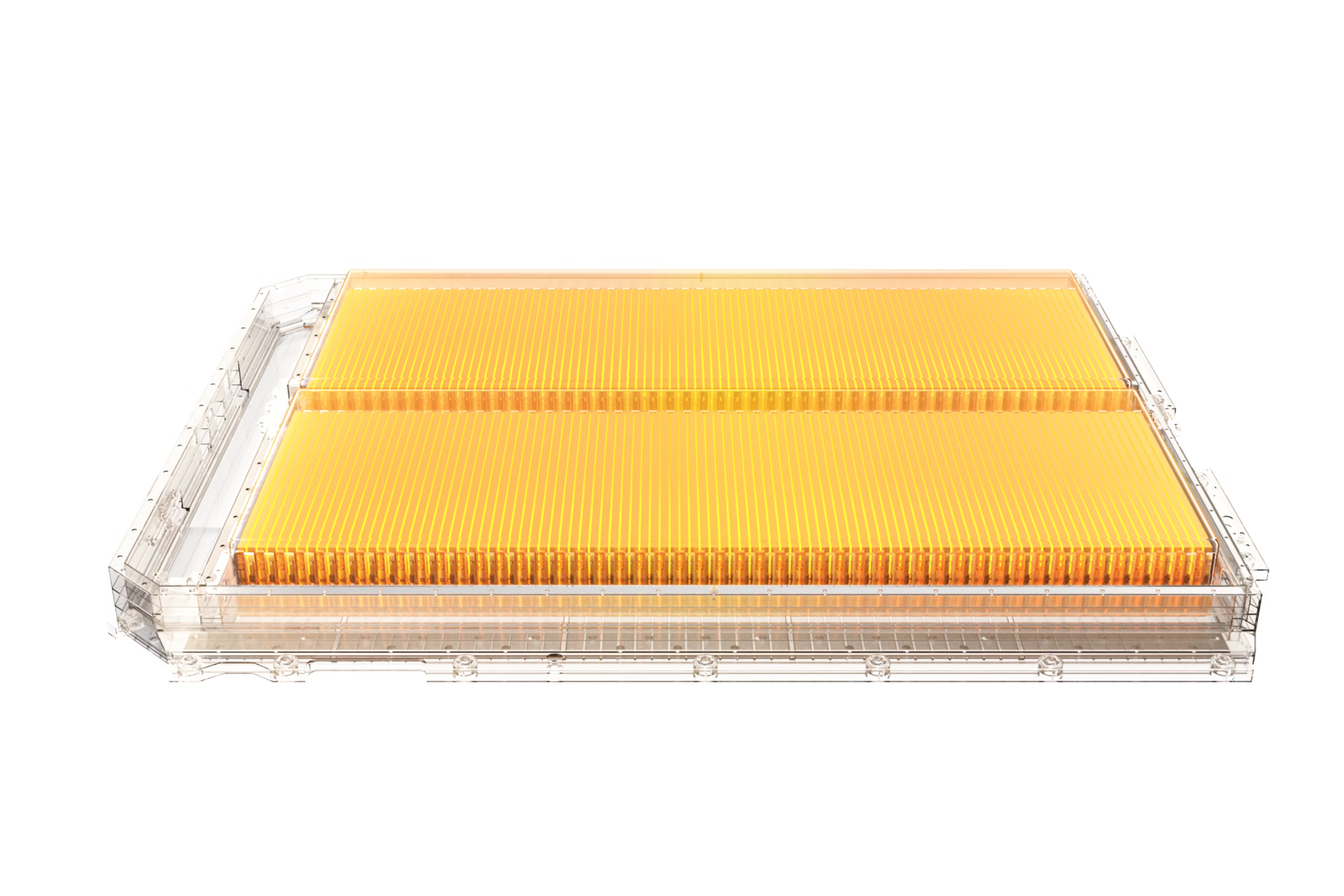Researchers at Swansea University, in collaboration with Wuhan University of Technology and Shenzhen University, have made a significant breakthrough in lithium battery safety.
The team has developed a revolutionary technique for producing large-scale graphene current collectors, which promises to improve the safety and performance of lithium-ion batteries dramatically.
This innovation addresses a critical challenge in energy storage technology, particularly for applications in electric vehicles and renewable energy systems.
Breakthrough in graphene technology
The study outlines the first successful protocol for fabricating defect-free graphene foils on a commercial scale.
These foils boast exceptional thermal conductivity, with measurements reaching up to 1,400.8 W m–1 K–1, nearly ten times higher than traditional copper and aluminium current collectors typically used in lithium batteries. This superior thermal performance is a game-changer for lithium battery safety and efficiency.
“This is a significant step forward for battery technology,” said Dr Rui Tan, co-lead author from Swansea University.
“Our method allows for the production of graphene current collectors at a scale and quality that can be readily integrated into commercial battery manufacturing.
“This not only improves battery safety by efficiently managing heat but also enhances energy density and longevity.”

Addressing thermal runaway risks
One of the most pressing issues in the development of high-energy lithium-ion batteries, especially those used in electric vehicles, is the risk of thermal runaway.
This dangerous scenario occurs when excessive heat leads to battery failure, often resulting in fires or explosions.
Traditional current collectors made of copper or aluminium struggle to dissipate heat effectively, making them vulnerable to this catastrophic failure mode.
The new graphene current collectors offer a robust solution to this problem. Their dense, aligned graphene structure not only dissipates heat more efficiently but also acts as a barrier against the formation of flammable gases and the permeation of oxygen into the battery cells.
“Our dense, aligned graphene structure provides a robust barrier against the formation of flammable gases and prevents oxygen from permeating the battery cells, which is crucial for avoiding catastrophic failures,” explained Dr Jinlong Yang, co-lead author from Shenzhen University.
Scalable and flexible production
The researchers have demonstrated that their process is not just a laboratory success but a scalable solution capable of producing graphene foils in lengths ranging from metres to kilometres.
In a significant demonstration of its potential, the team produced a 200-metre-long graphene foil with a thickness of just 17 micrometres.
This foil retained its high electrical conductivity even after being bent over 100,000 times, showcasing its potential for use in flexible electronics and other advanced applications.
Moreover, this new approach allows for the production of graphene foils with customisable thicknesses.
This flexibility could lead to even more efficient and safer batteries, as the material properties can be tailored to specific applications.
The researchers are continuing to refine their process, with ongoing efforts to reduce the thickness of the graphene foils and further enhance their mechanical properties.
Importance of improving lithium battery safety and performance
The development of safer and more efficient lithium-ion batteries is crucial as the world shifts towards renewable energy and electric transportation.
The performance and safety of these batteries are paramount, especially in electric vehicles, where battery failures can have devastating consequences.
Enhancing lithium battery safety is not just about preventing catastrophic failures like thermal runaway; it’s also about improving the overall reliability and longevity of the batteries.
By integrating graphene current collectors into commercial battery manufacturing, the potential for safer, more efficient, and longer-lasting batteries becomes a reality.
Future implications and ongoing research
The implications of this research extend far beyond lithium-ion batteries. The international collaborative team is exploring the application of this new material in other types of batteries, such as redox flow batteries and sodium-ion batteries.
As the demand for safer and more efficient energy storage solutions grows, innovations like these graphene current collectors will play a critical role in shaping the future of energy technology.
The continued research and development in this field promise to bring even more advanced and safer batteries to the market, addressing the global need for reliable and sustainable energy storage.









